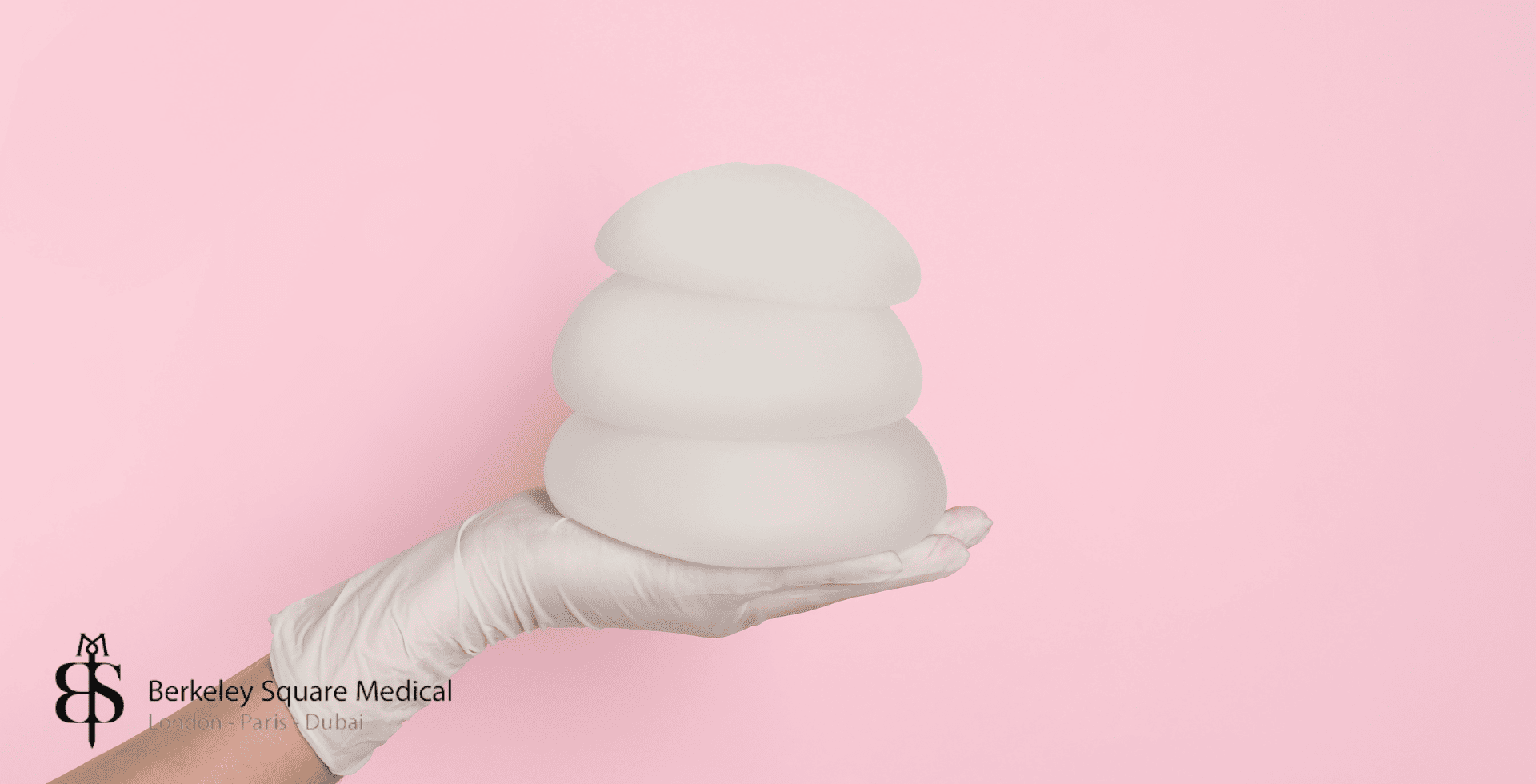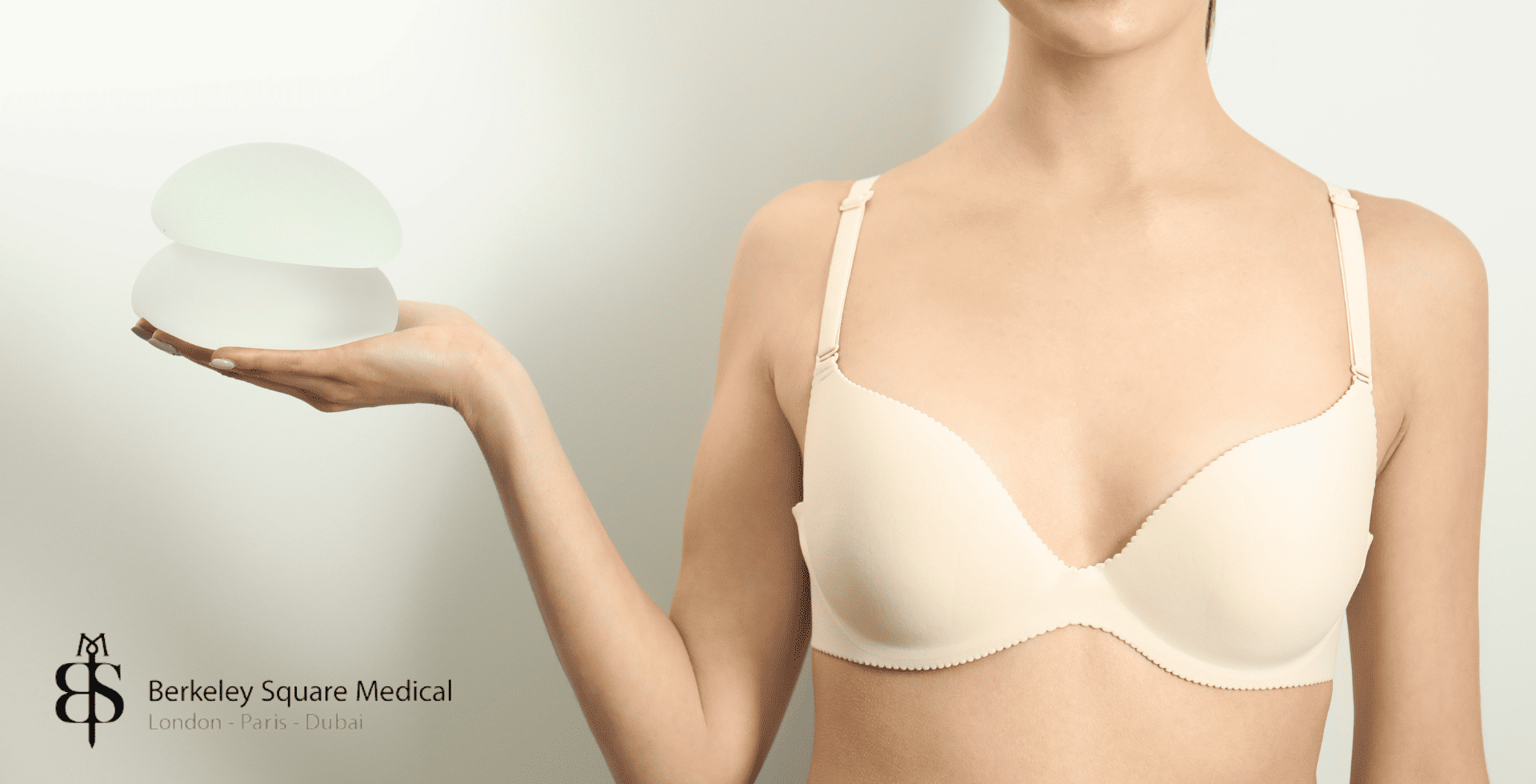Breast implants have changed a lot over the years. They used to be a luxury only for the rich and famous, especially models and actresses. Now, breast augmentation is much more common and often important for medical reasons. This change is due to advances in medical technology and shifts in societal views.
This guide explores the various aspects of breast implants beyond just cosmetic reasons. One of the most important factors is choosing the right implant size. This decision isn’t just about looks; it can involve many reasons, like reconstructive surgery after breast cancer or boosting body confidence.
We aim to give you a clear understanding of these different motivations and practical advice on selecting the right implant size, whether you’re considering this procedure for cosmetic, medical, or preventative reasons.

Motivations for Breast Implants
The decision to undergo breast implant surgery is deeply personal and can be driven by a variety of factors. In this section, we explore the primary motivations behind choosing breast implants, emphasising that each individual’s journey is unique and deserving of respect.
Cosmetic Enhancement
- Pursuit of Confidence: Many women opt for breast implants as a way to enhance their self-esteem and body image. This choice can be driven by a desire for a more proportionate figure, or simply to achieve a long-desired aesthetic goal.
- Cultural and Social Influences: It’s important to acknowledge the role of societal beauty standards and cultural influences in shaping the decision for cosmetic breast augmentation. Understanding these factors can help in making an informed and self-affirming choice.
Reconstructive Surgery
- Post-Accident or Illness Recovery: Breast implants play a critical role in reconstructive surgery, especially for women who have undergone mastectomies due to breast cancer or other illnesses. Here, the goal is often to restore the original appearance and help in the emotional healing process.
- Importance of Symmetry: For those who have experienced asymmetry due to medical conditions or injuries, breast implants can be a way to achieve balance and uniformity, which can be crucial for both physical appearance and psychological well-being.
Preventative Measures
- Prophylactic Mastectomy: Some women, particularly those with a high genetic risk for breast cancer, opt for a preventative mastectomy. In these cases, breast implants are used to reconstruct the breasts post-surgery, offering peace of mind and maintaining a sense of femininity.
- Psychological Impact: The decision for preventive surgery and subsequent implants often involves complex emotional considerations. It’s a proactive measure that requires careful thought and often, counselling.
Addressing Congenital Anomalies and Asymmetries
- Correcting Birth Defects: For some, breast implants are a solution to congenital anomalies which can include underdeveloped breasts or significant asymmetries from birth.
- Balancing Asymmetries: In cases where one breast is noticeably different from the other, implants can be used to create a more symmetrical and aesthetically pleasing appearance.
Watch Video
Types of Breast Implant Procedures
This section highlights the key types of breast implant procedures, providing insights into what each entails and who they are best suited for.
Reconstructive Surgery and Mastectomy
- Restoring Original Appearance: For many women undergoing reconstructive surgery post-mastectomy, the primary goal is to restore the breast to its original size and shape. This is crucial not only for physical symmetry but also for emotional recovery.
- Single Breast Reconstruction: In cases where only one breast is affected, the challenge lies in matching the implant to the remaining natural breast. This involves careful consideration of both size and weight to ensure balance and symmetry.
Mastopexy (Breast Lift)
- Addressing Sagging or Drooping: A mastopexy, commonly known as a breast lift, is often pursued when the primary concern is sagging or loss of shape rather than size. This procedure can be combined with implants to enhance shape and firmness.
- Suitable for Natural Ageing or Post-Pregnancy Changes: This procedure is particularly popular among women experiencing changes due to ageing, weight fluctuations, or post-pregnancy.
Augmentation for Increased Size
- Customising Cup Size: For those seeking a larger bust, breast augmentation allows for a customisable increase in cup size. This procedure requires a detailed consultation to determine the desired outcome and assess physical suitability.
- Pre-Surgery Preparation: In cases of significant size increase, additional preparatory steps might be necessary to ensure the skin and body can comfortably adapt to the new size.

Reduction for Decreased Size
- Alleviating Physical Discomfort: Breast reduction is often sought by women experiencing physical discomfort or pain due to large breast size, such as back or shoulder pain.
- Proportional Aesthetic: Besides physical relief, this procedure can also help achieve a more proportionate figure, especially in the context of overall body structure and post-weight loss changes.
Combination Procedures
- Augmentation-Mastopexy: Sometimes, a combination of augmentation and lifting is required to achieve the desired aesthetic, addressing both size and sagging simultaneously.
- Asymmetric Adjustments: For those with noticeable asymmetry, implants of different sizes may be used, or one breast may be lifted to match the other.
Each of these procedures presents its own set of considerations, goals, and potential outcomes. Understanding the nuances of these different types of breast implant surgeries is crucial for anyone contemplating this significant step. It’s not merely about changing one’s appearance; it’s about choosing a procedure that aligns with one’s health, lifestyle, and personal aspirations.
Selecting the Right Implant Size
Choosing the appropriate breast implant size is a pivotal decision that requires a balance between aesthetic desires, physical health, and lifestyle considerations. This section aims to guide you through the key factors involved in this crucial choice.
Communicating with Your Surgeon
- Defining Expectations: Clear and precise communication with your surgeon is essential. It’s important to move beyond vague terms like ‘a little bigger’ and provide specific goals, perhaps referencing bra sizes or using visual aids.
- Understanding Proportions: Your surgeon can help you understand how different sizes will look on your frame, considering your body shape, chest width, and current breast tissue.
Physical Considerations
- Skin and Tissue Limitations: There are physical limits to how much your skin and breast tissue can stretch. Surgeons can advise on the maximum size increase that is safe and feasible in a single procedure.
- Weight and Posture: Larger implants are heavier and can affect your posture and comfort. It’s important to consider the long-term impact on your back and shoulders.
Aesthetic Goals and Body Balance
- Visual Harmony: The aim is to achieve a size that is harmonious with your overall body proportions. This includes considering your height, weight, and the width of your hips and shoulders.
- Natural vs. Dramatic Look: Some may prefer a more natural enhancement, while others may seek a more dramatic change. It’s essential to align your choice with your personal aesthetic preferences.
Future Considerations
- Potential for Revisions: Be aware that implants may need to be replaced or revised in the future. Discuss with your surgeon the longevity of the implants and what future surgeries might entail.
- Changes Over Time: Your body will change with age, and this can affect how your implants look and feel. Consider how your choice might align with your long-term aesthetic goals and health.
- Pregnancy and Breastfeeding: If you plan to have children, discuss how implants might affect pregnancy and breastfeeding. Some implants may pose challenges, while others are designed to accommodate these life events.
Safety and Medical Advice
- Consult Multiple Experts: It’s advisable to consult with more than one surgeon to get different perspectives.
- Health Risks and Precautions: Understand the potential health risks and how they might be influenced by implant size. Ensure all your medical questions are answered before making a decision.
This decision-making process is not just about the immediate result but also about how it aligns with your long-term health, well-being, and lifestyle.

Lifestyle and Social Considerations
The decision to get breast implants involves not only physical and health aspects but also numerous lifestyle and social considerations. This section highlights how breast implant size can influence various facets of your daily life, interpersonal relationships, and social interactions.
Impact on Daily Life and Activities
- Clothing and Fashion Choices: Consider how different implant sizes will affect your wardrobe. Larger implants might require new clothing to accommodate the change, impacting your style and budget.
- Physical Activities and Hobbies: If you’re active in sports or hobbies that require agility or physical exertion, it’s important to consider how the size of the implants might affect these activities.
Professional Life
- Work Environment: Depending on your profession, particularly if it’s physically demanding or requires a specific image, the size of your implants could have implications for your work life.
- Career Aspirations: For some professions, like modelling or acting, appearance can significantly impact career opportunities. It’s crucial to align your implant size with your professional goals and industry norms.
Social Interactions and Perceptions
- Managing Attention: Larger implants may draw more attention, which can be both positive and negative. It’s essential to be prepared for changes in how others perceive and interact with you.
- Cultural and Social Norms: Different societies and cultures have varying perceptions of beauty and body image. Consider how your choice might be viewed in your social and cultural context.
Relationships and Intimacy
- Effect on Personal Relationships: Your decision may affect your relationships, particularly with a significant other. It’s important to consider their feelings while also prioritising your own wishes and well-being.
- Changes in Intimacy: Breast implants can change physical sensations and experiences of intimacy. Discussing these potential changes with your partner is important for mutual understanding and adaptation.
Mental Health and Self-Image
- Self-Confidence and Body Image: The decision should ultimately enhance your self-confidence and align with your body image goals. Reflect on how the change will impact your mental health and self-perception.
- Expectation vs. Reality: It’s crucial to have realistic expectations and understand that implants can improve physical appearance but may not resolve underlying self-esteem issues.
Financial Considerations
- Initial Cost and Long-Term Maintenance: Beyond the initial surgery cost, consider long-term expenses like potential future surgeries, medical check-ups, and changes in wardrobe.
- Insurance and Healthcare Costs: Understand what is covered by insurance and what expenses you’ll need to manage out-of-pocket.
Taking a holistic view of how breast implants will affect your lifestyle and social interactions is crucial. This decision should be a balance between your personal desires, physical health, and the practical realities of how this change will influence various aspects of your life.
References and Further Reading
- FDA Safety Advisory on Breast Implants: The FDA’s updated guidelines for breast implant screening recommend initial screening imaging exams five years post-surgery, followed by every two to three years thereafter. (Oxford Academic)
- Current Challenges in Breast Implantation: This publication highlights the importance of addressing breast implant-associated anaplastic large cell lymphoma (BIA-ALCL) and breast implant illness (BII) in modern breast implantation practices. (Aesthetic Surgery Journal)
- Evolving Trends in Cosmetic Breast Augmentation: An article discussing the shift in breast augmentation techniques towards evidence-based practices for enhanced patient safety, including the discontinuation of textured implants due to FDA warnings. (ASOPS)
- FDA Breast Implant Guidelines: The FDA’s new guidelines advise against breast augmentation for women with certain medical conditions and emphasise the importance of consulting board-certified cosmetic surgeons for the procedure. (ABCS)
Sanjay is a Senior Clinical Member at Berkeley Square Medical carrying over a decade of experience. He has assisted over 1500 surgeries carried out at the hospital supporting patients both pre and post-surgery throughout their treatment journeys. This article was written with the contribution of
Dr Taimur Shoaib, our Consultant Plastic Surgeon.
Latest posts by Sanjay Rai
(see all)
